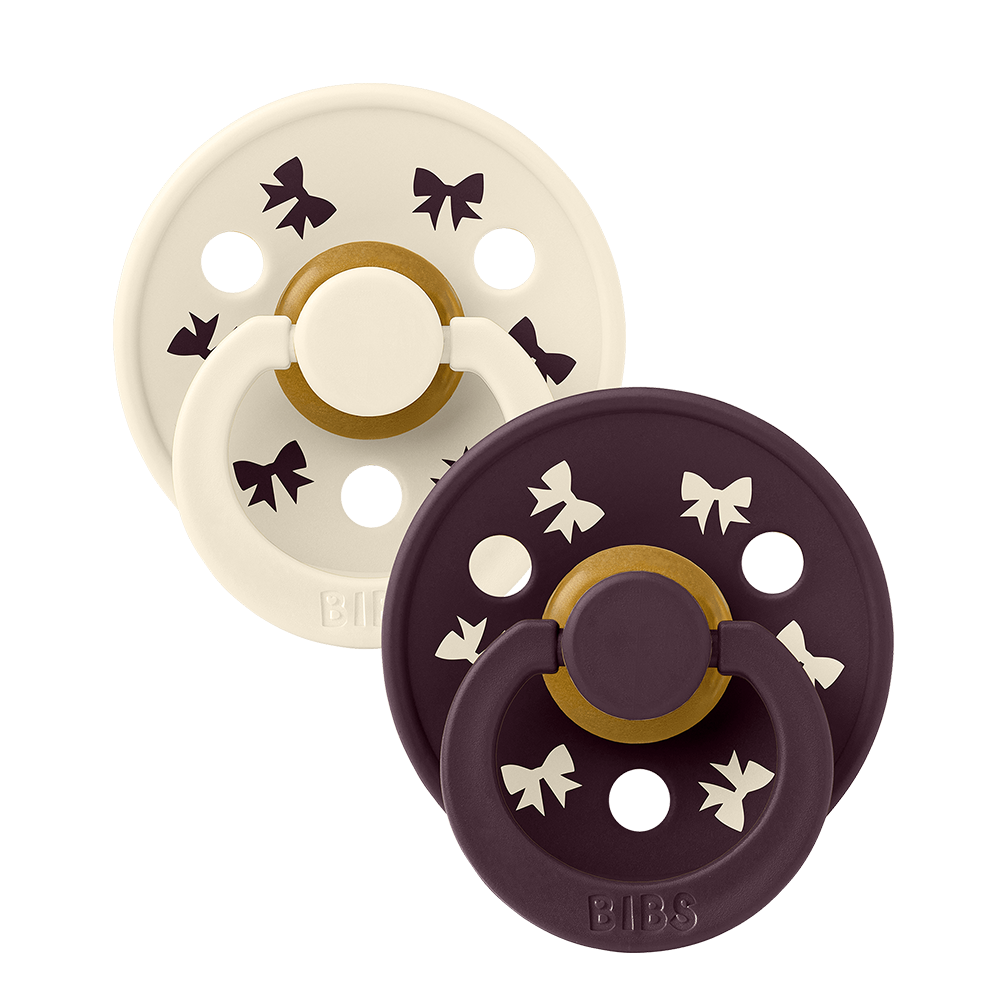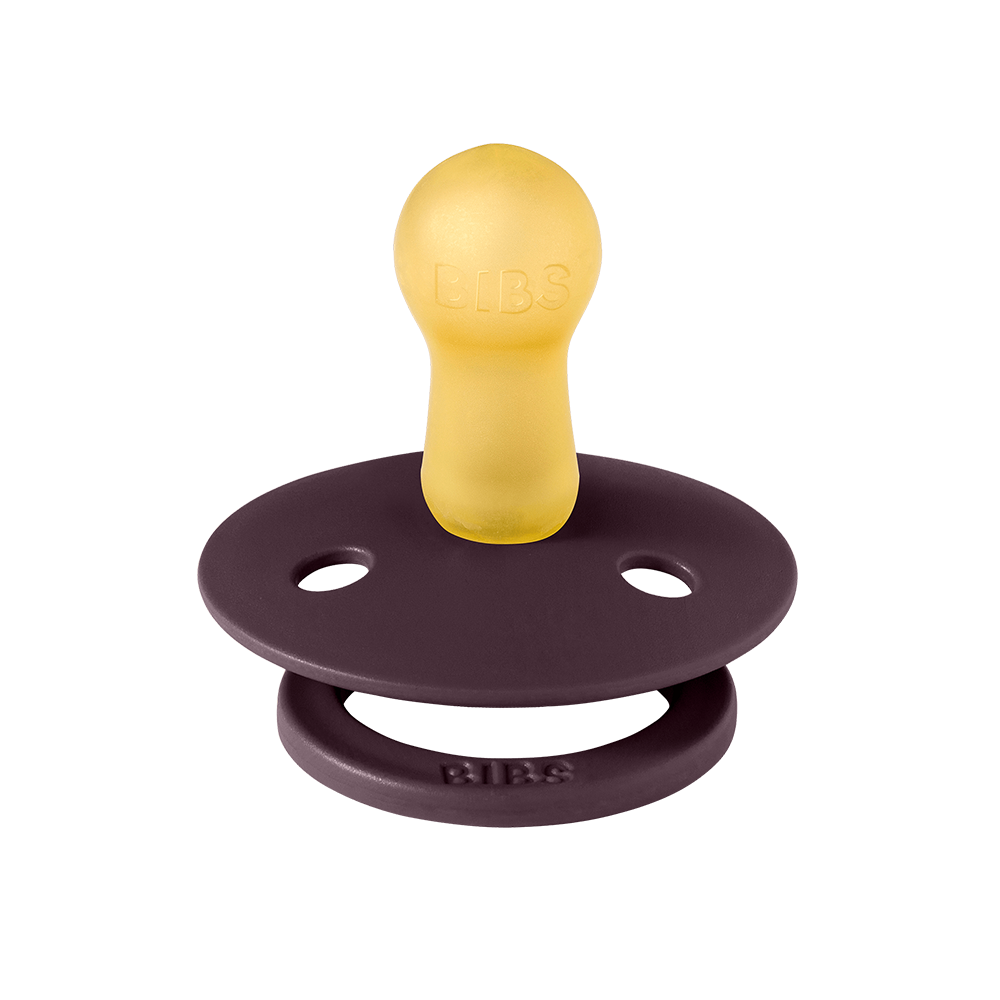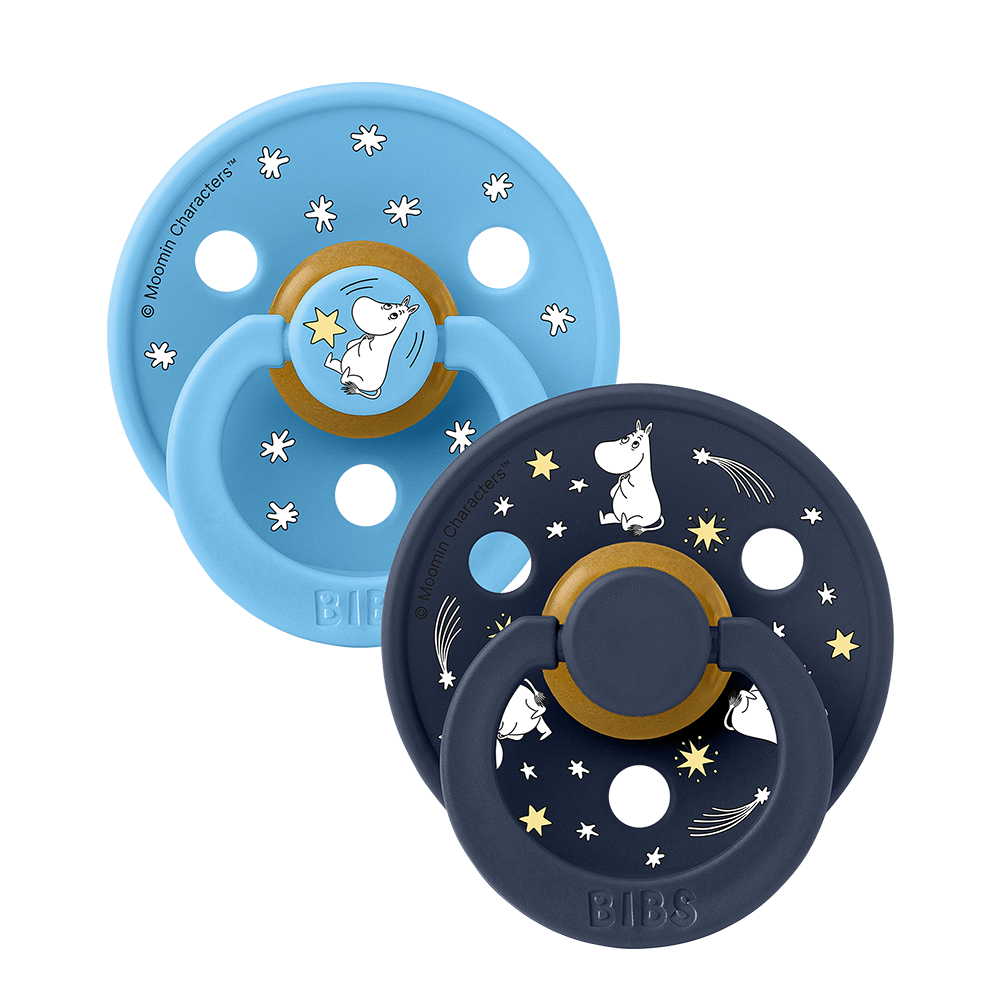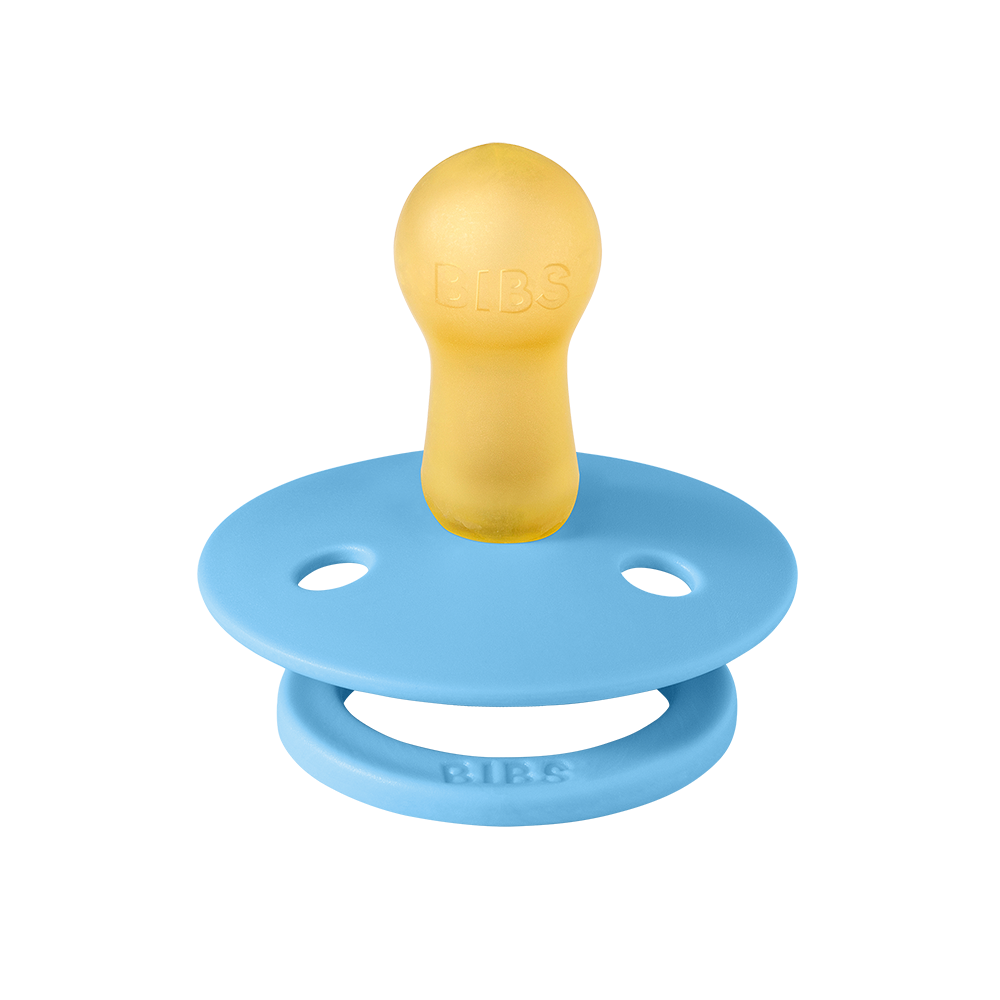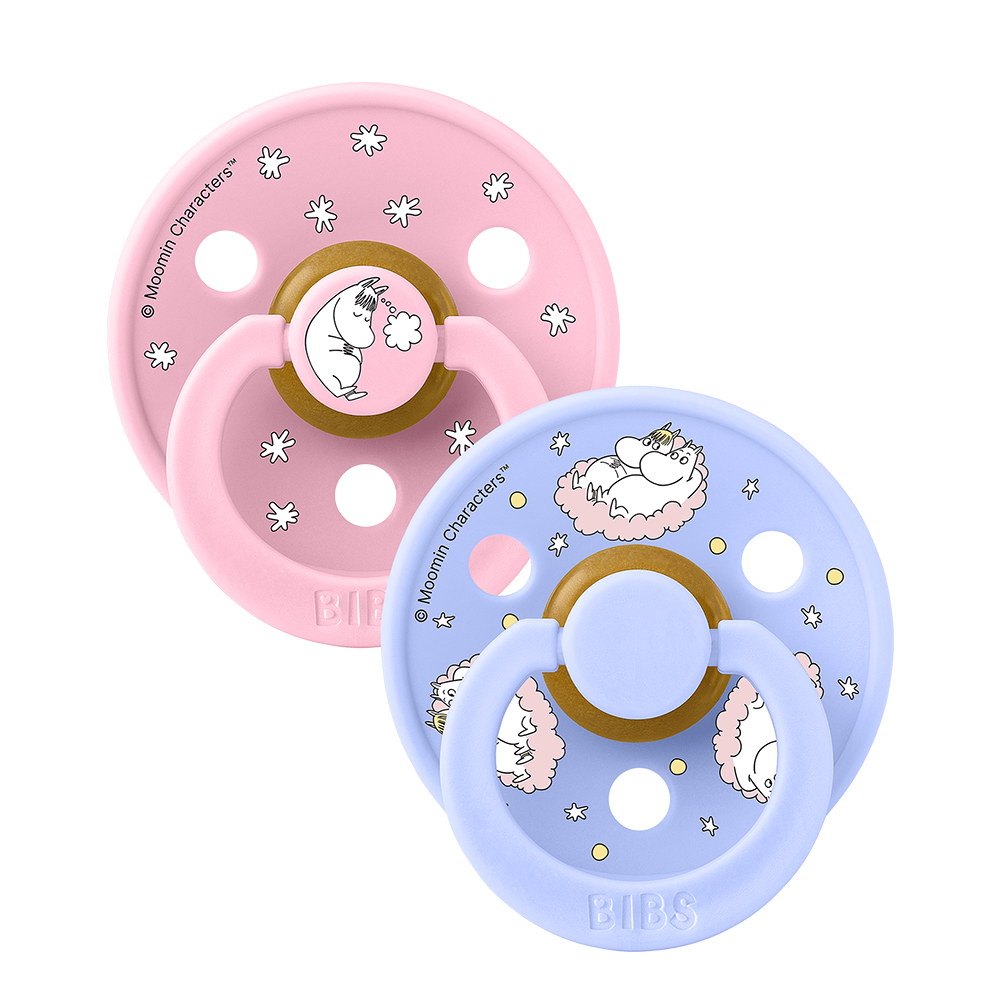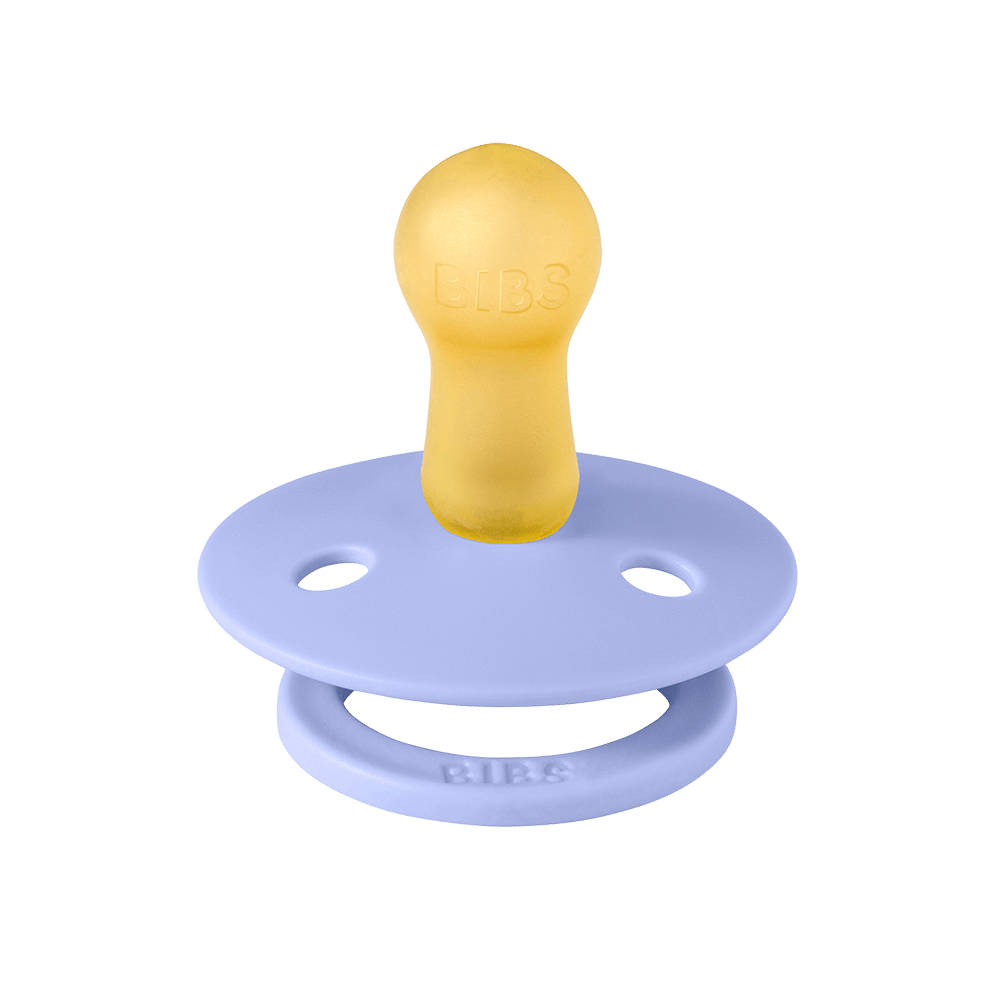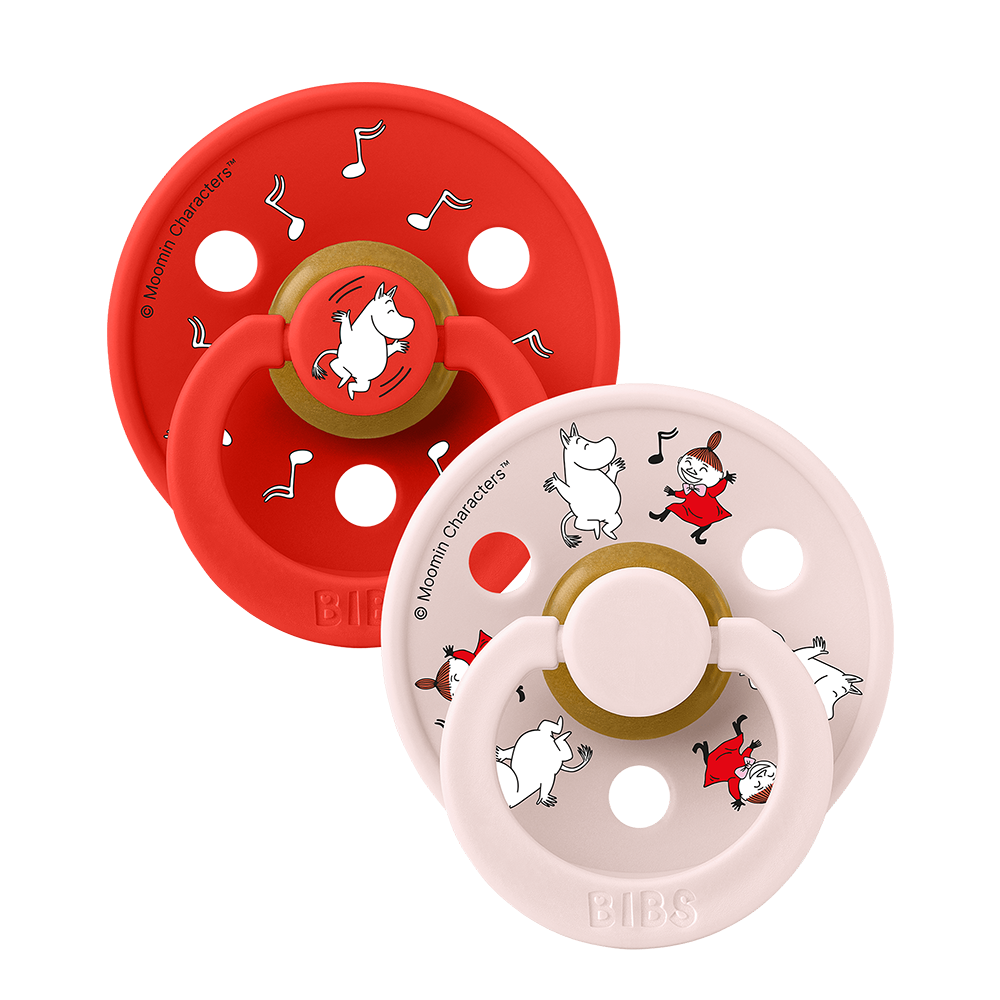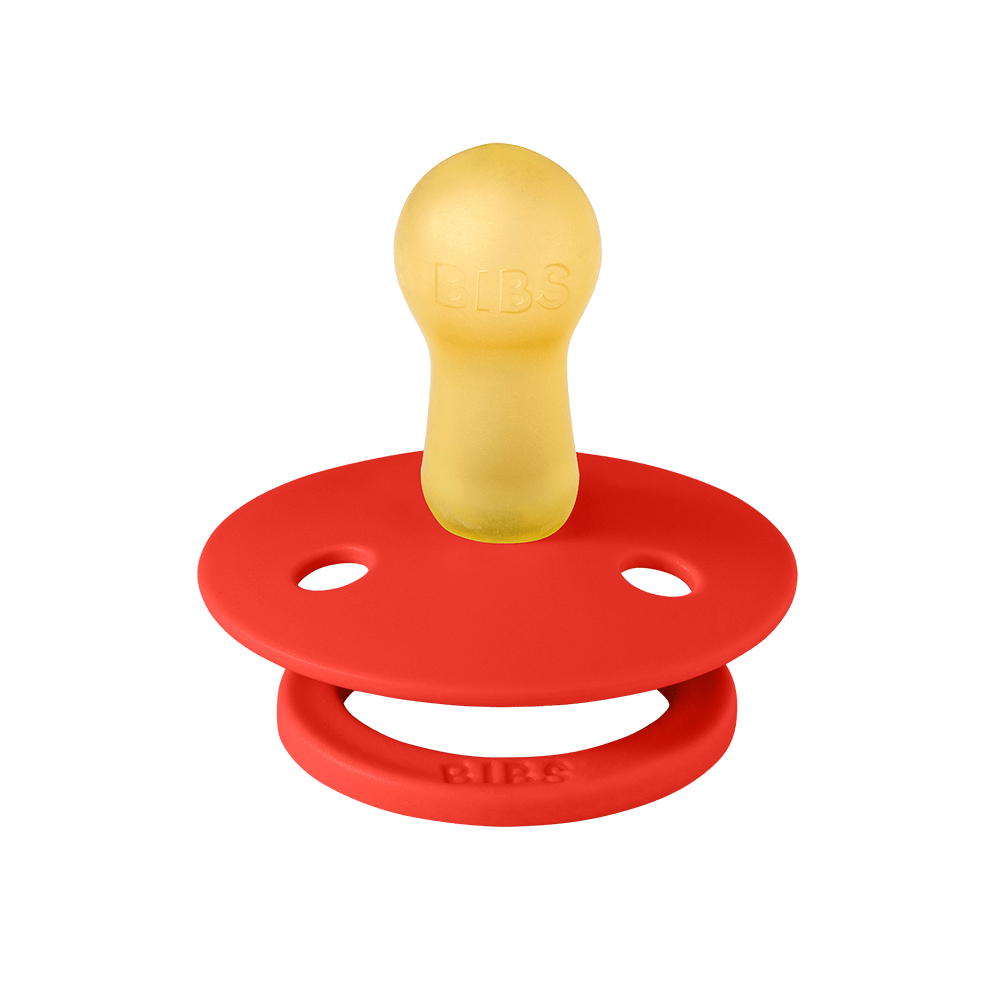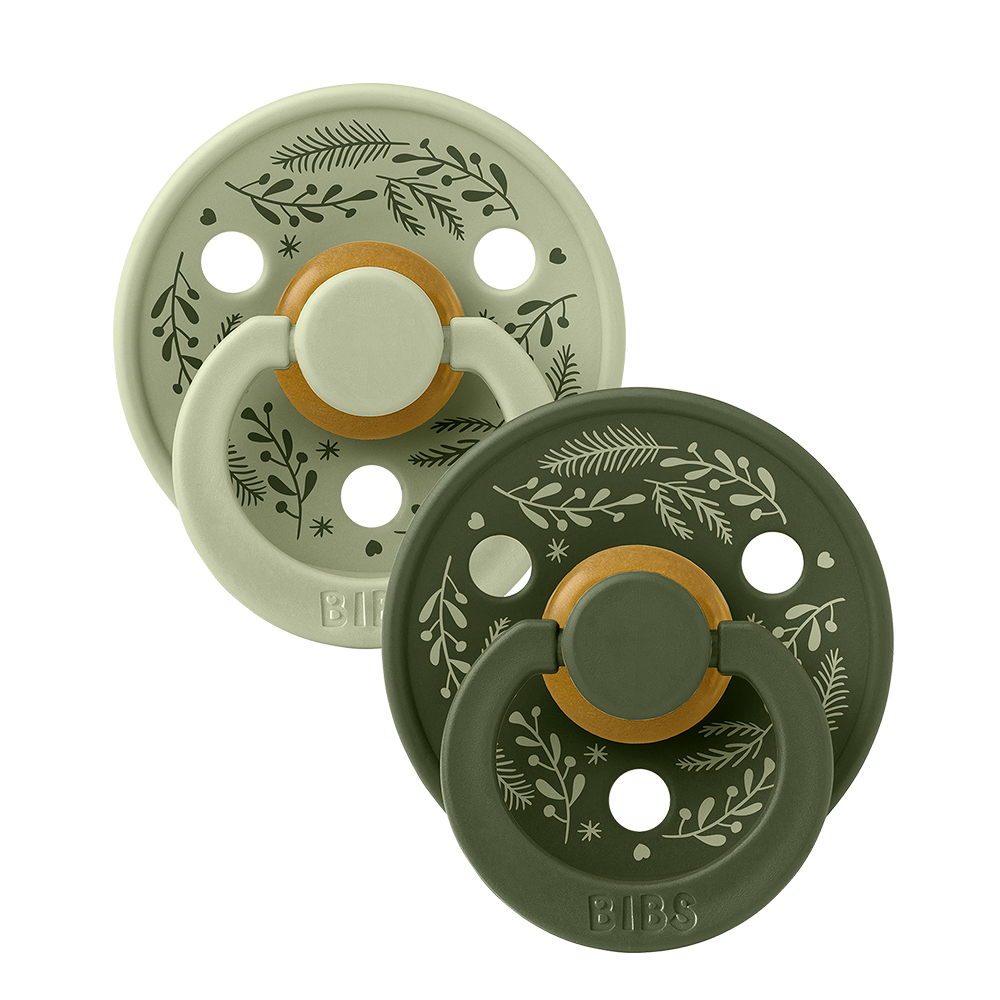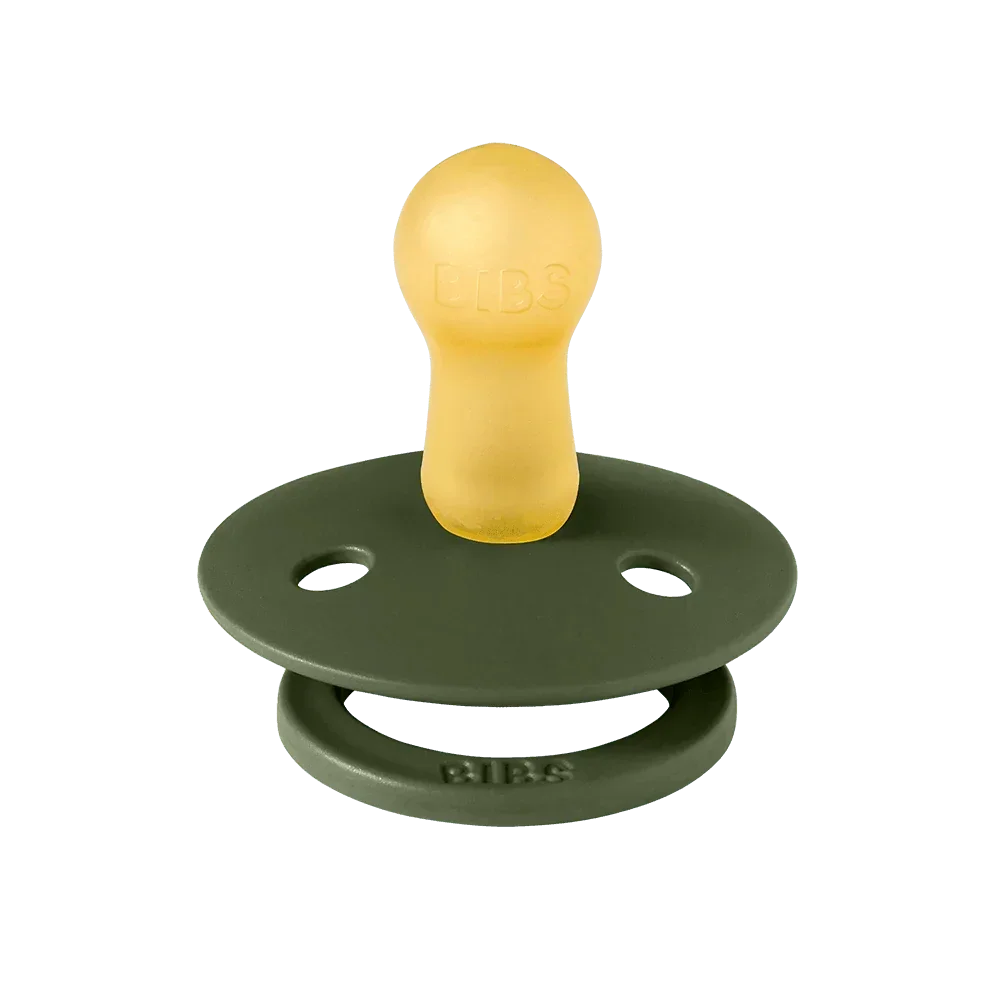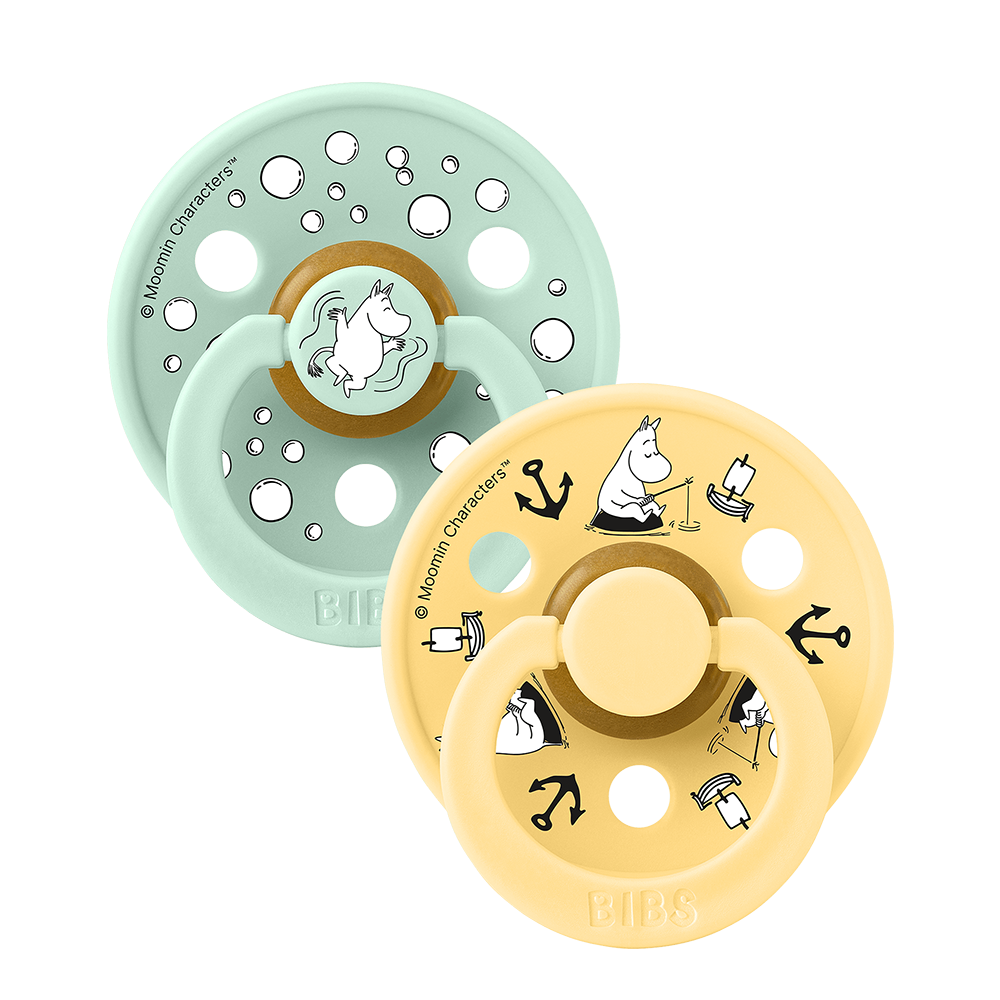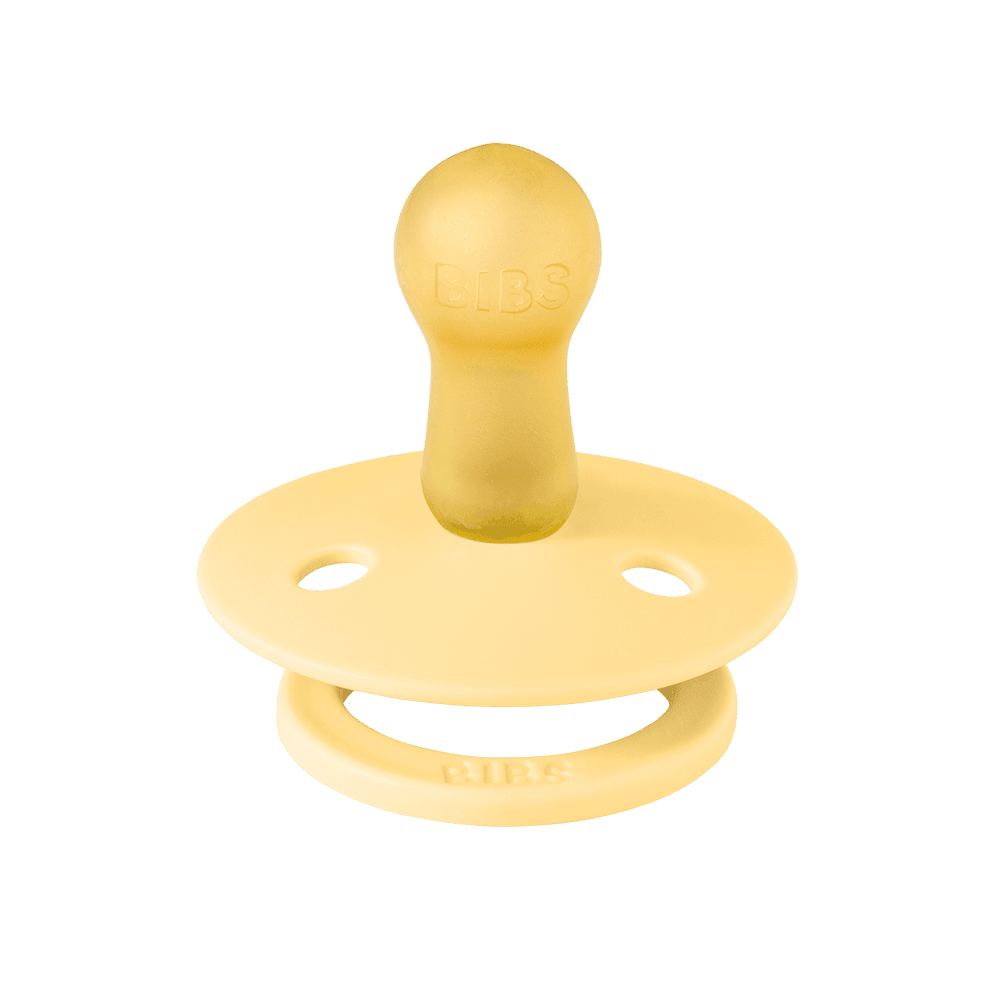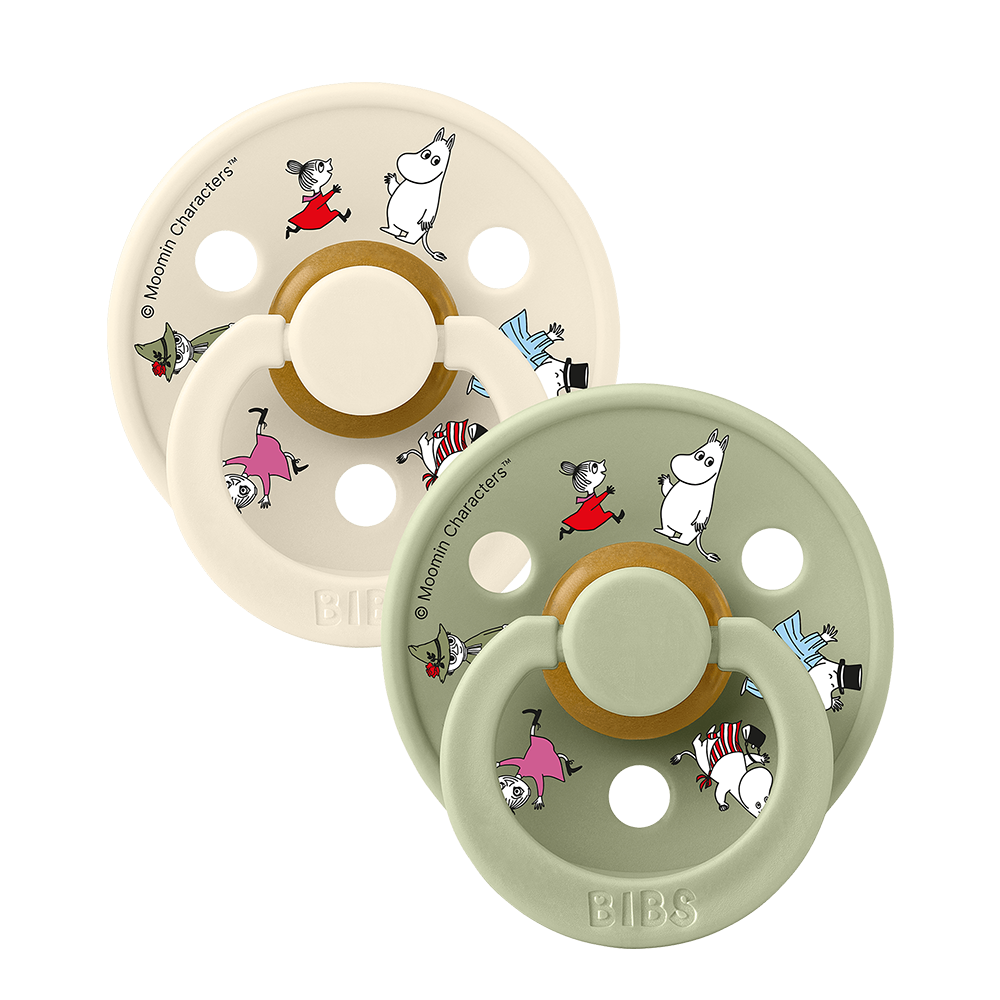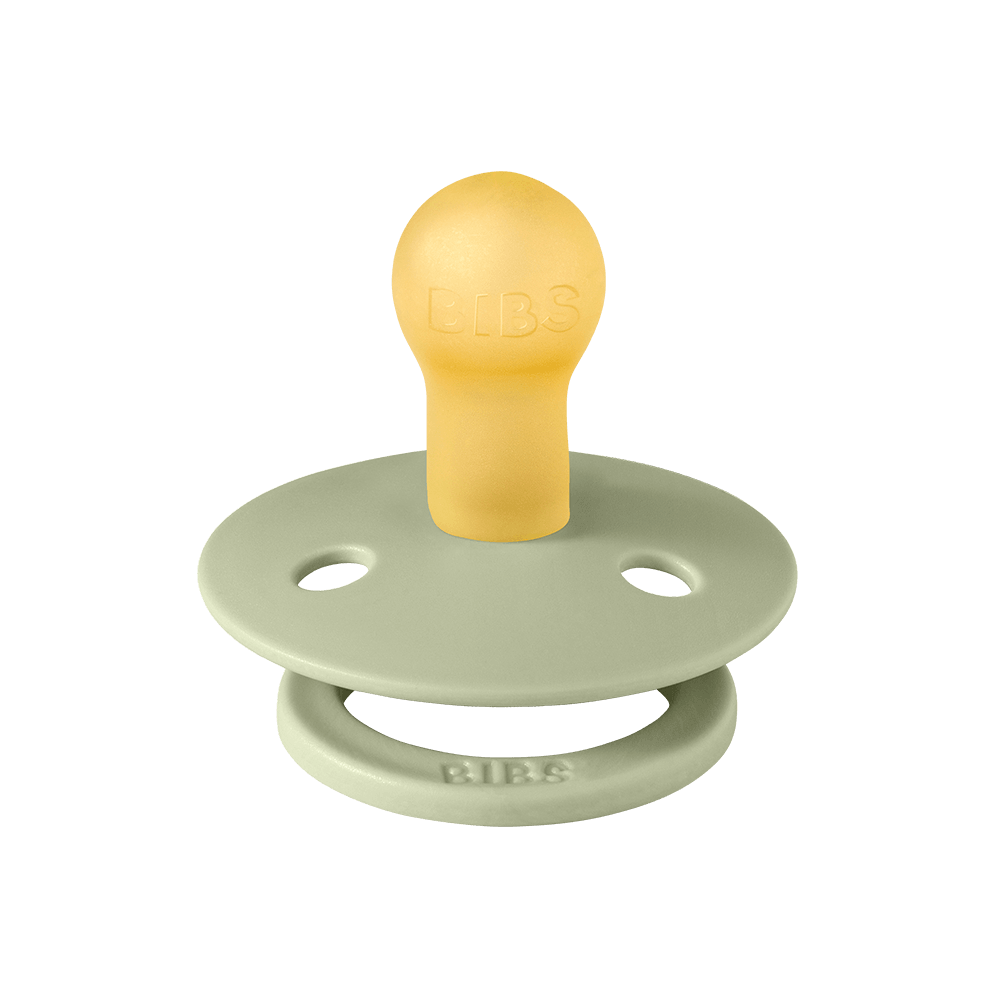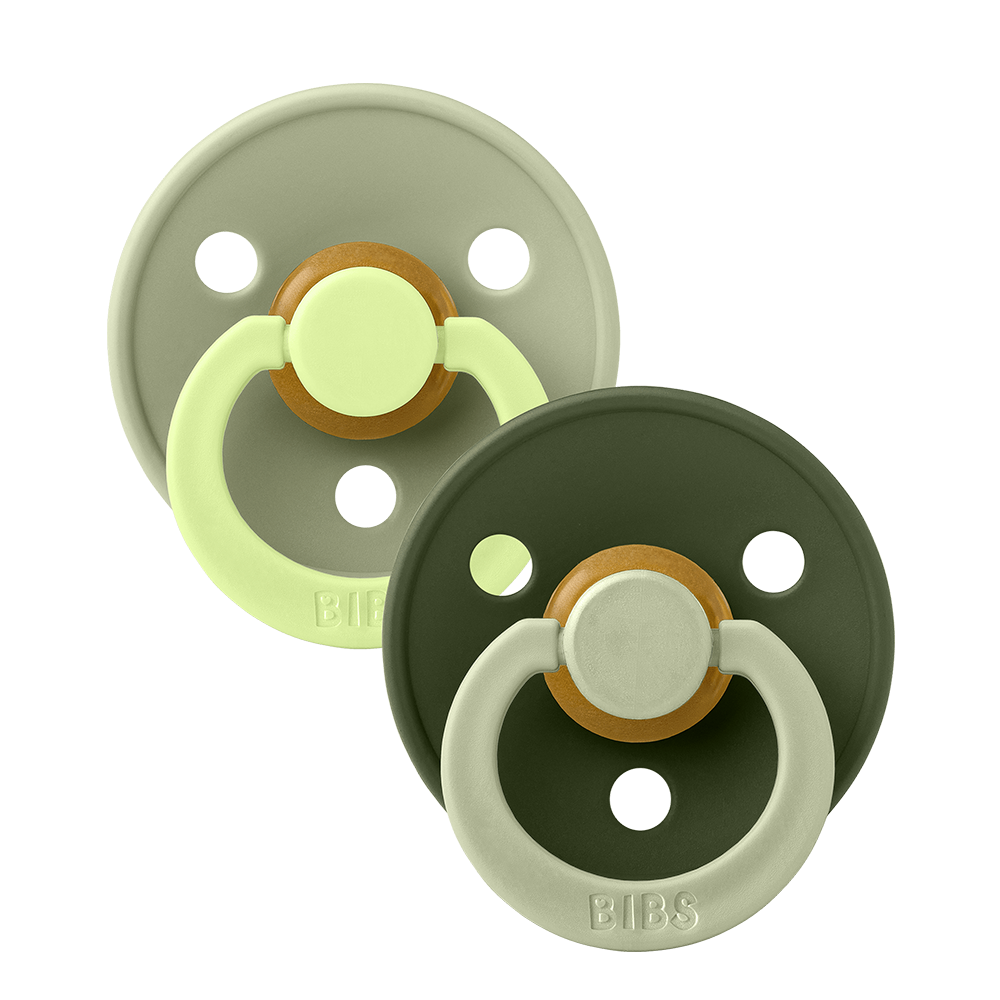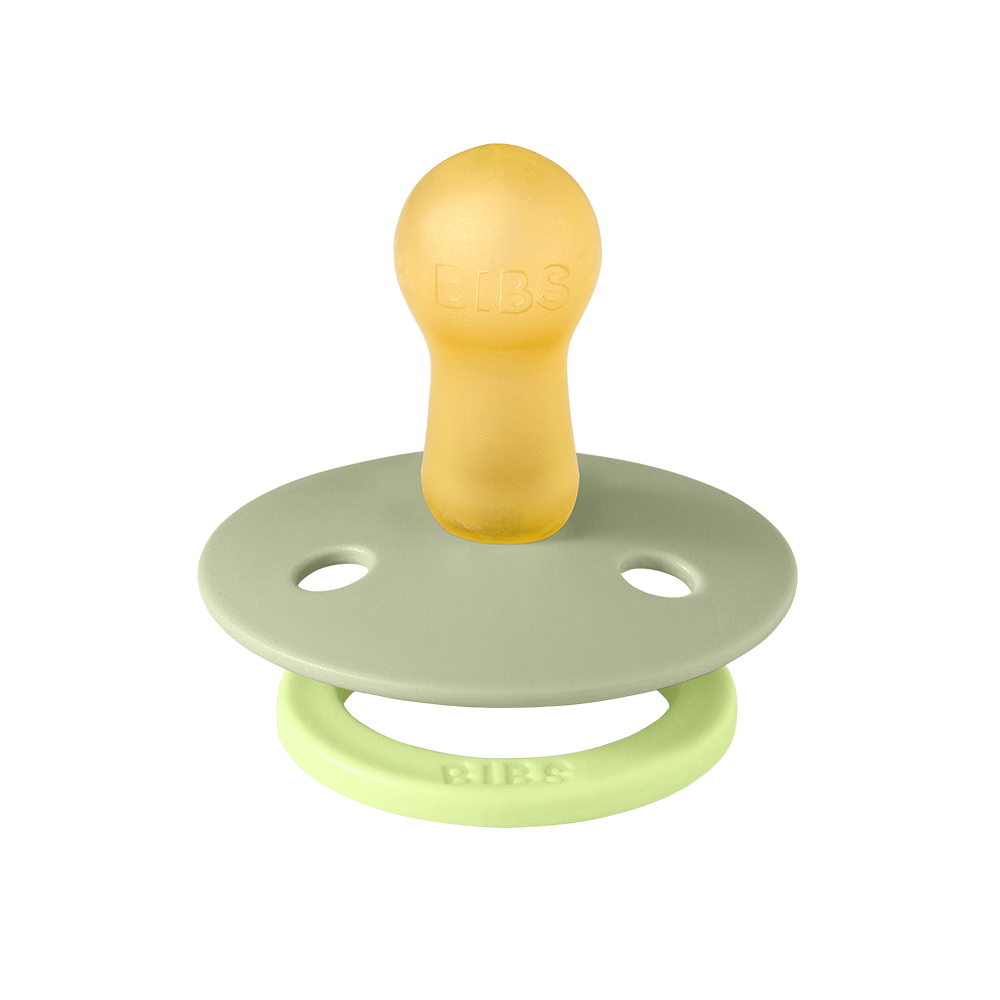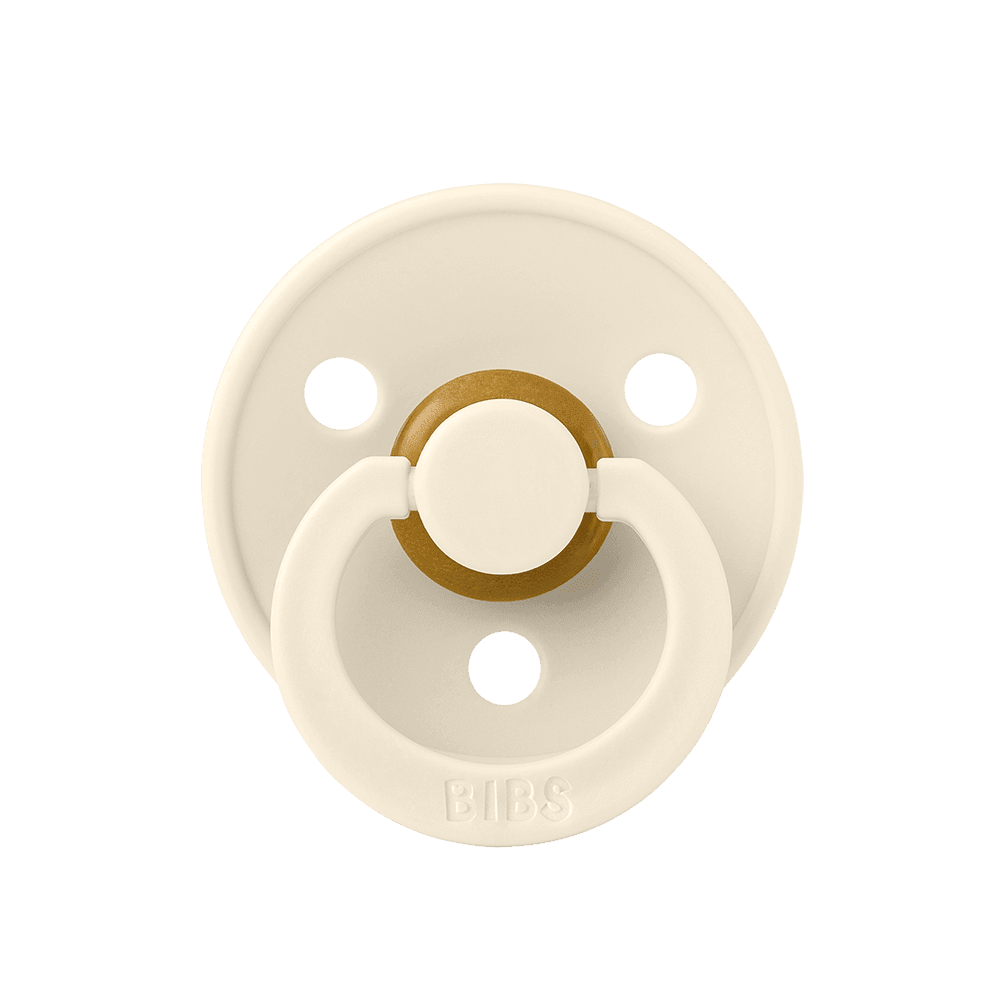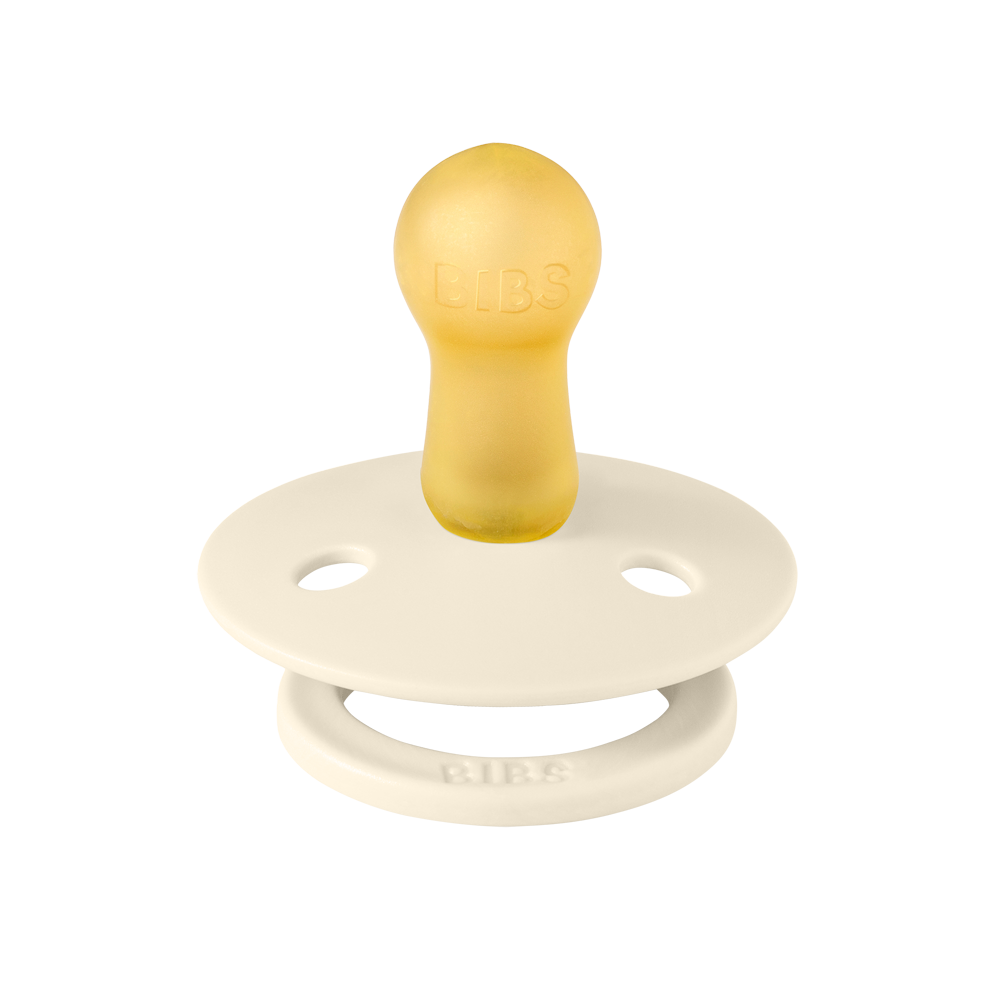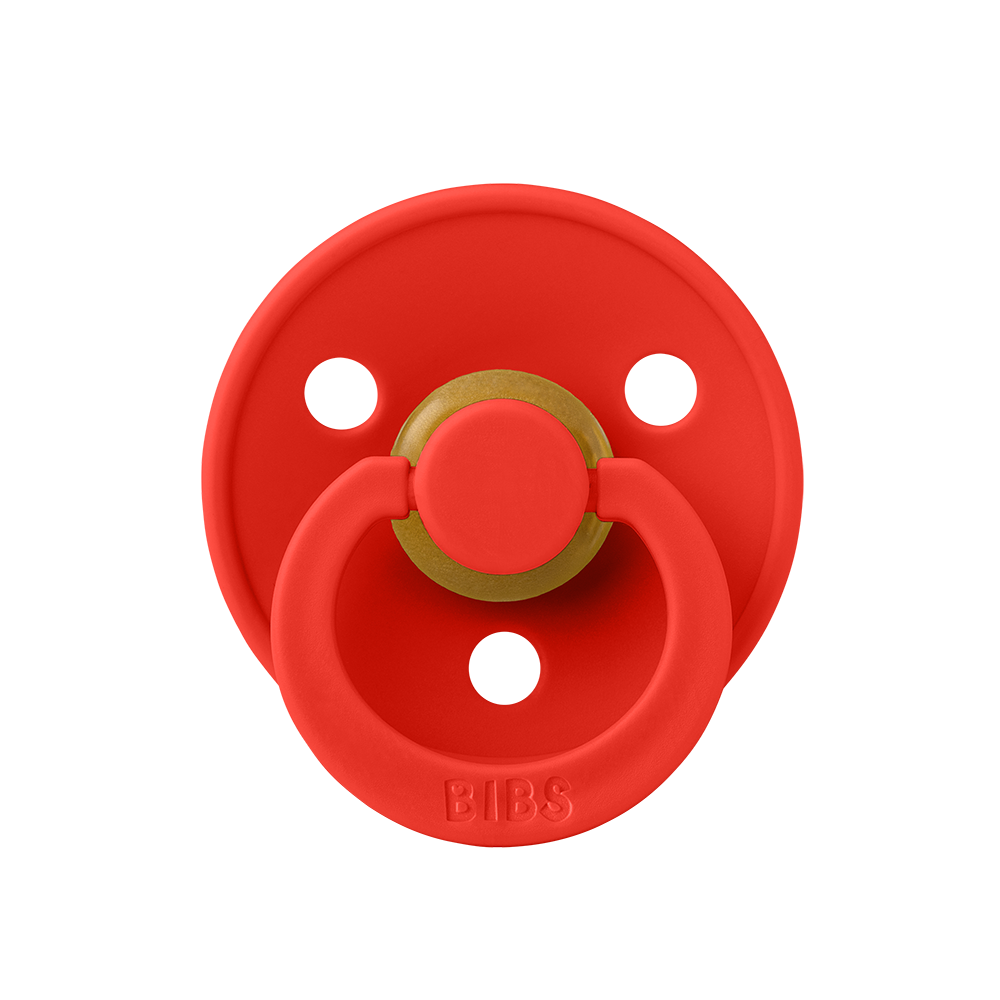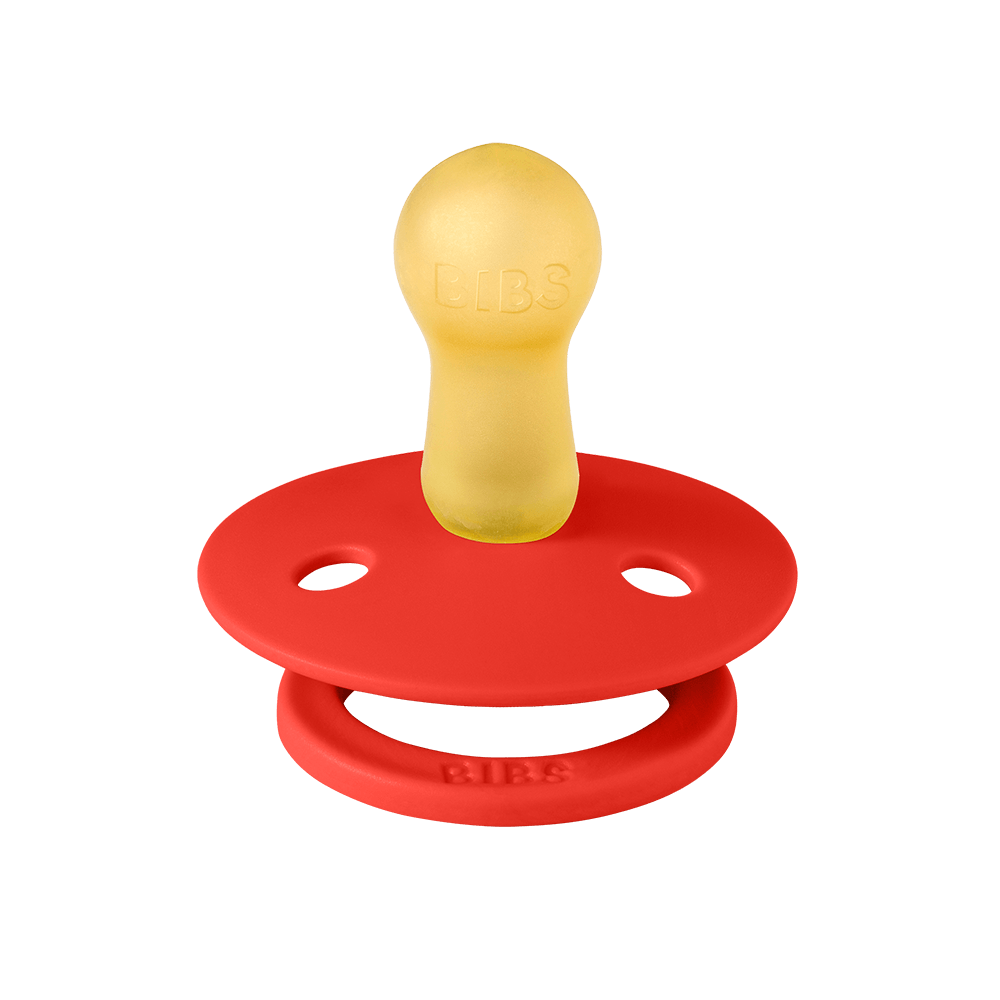
At BIBS we support the health authorities’ official recommendations about breastfeeding newborns.
WHO states that breastmilk is the ideal food for infants. It is safe, clean, and contains antibodies that help protect against many common childhood illnesses. Breastmilk provides all the energy and nutrients that the infant needs for the first months of life. WHO recommends that children are exclusively breastfed for the first 6 months of life.
However, there can be many reasons why someone might choose to give a bottle instead of breastfeeding, and a baby bottle can be a great alternative if you have challenges with breastfeeding, want to supplement your breastfeeding, or don’t want to breastfeed.
The goal is no matter what, to have a full and satisfied baby.
When to introduce a baby bottle?
A baby bottle can be introduced from birth. If you choose not to breastfeed the bottle will be introduced from the very beginning.
If you have challenges with breastfeeding and you want to supplement with a baby bottle for a short period, you can introduce the bottle and then transition back to breastfeeding when it is possible.
You may also at some point want to introduce a baby bottle in case you want to be away from your baby or if you need to be away from your baby. If this is the case, it is important to pay attention to when and how you introduce the baby bottle.

Tips for bottle-feeding a breastfed baby
It is important to note that while some babies take to the bottle in the first go, others require a bit more training. Introducing a bottle can be a process of trial and error, where you get to know your baby’s preferences and needs.
-
Use a bottle nipple with a slow flow
Make sure that your baby gets the same amount of food in a slow flow that corresponds with the flow when you are breastfeeding. Use a bottle nipple with a slow flow, so the milk flow is slowed like when breastfeeding. If the bottle’s flow is too fast you may experience that your baby becomes more interested in the bottle than the breast. This is because it is easier to get the milk out of the bottle compared with the breast. Read more about the flow rate and how to find the right flow rate here >
-
Use a round nipple
Sucking milk from a bottle requires different mouth and tongue movements than breastfeeding, so it may take your baby a little time to get used to the change. Use a round nipple that mimics the mother’s nipple in shape and feel to minimize so-called “nipple confusion”. In other words, a confusion that there is a difference between sucking on the bottle nipple and the mother's nipple.
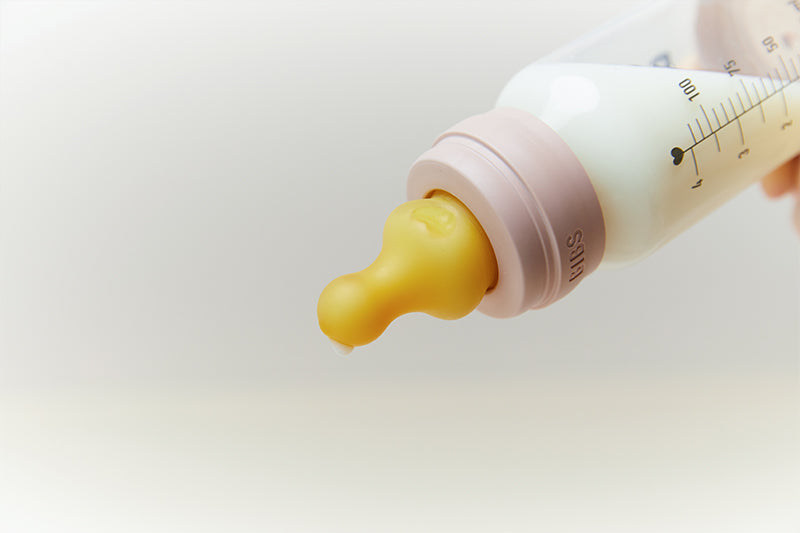
-
Use the mother's breast milk
Introducing bottle-feeding to a breastfed baby can take a bit of getting used to, so don't be discouraged if it does not work out the first few times. A tip is to use the mother's breast milk in the bottle and put a little breastmilk on the nipple, so the baby is familiar with the smell and taste.
-
Use a bottle nipple similar to the baby’s pacifier
It is a good idea to let your baby try the artificial nipple regularly for it to get used to it. This can be in the form of using a pacifier. The BIBS Baby Glass Bottle features a nipple that matches the nipple on our popular Colour pacifier. If your baby accepts the pacifier, he or she will be more likely also to accept the nipple on our BIBS baby bottle.
-
Let mom leave the room
If you experience that your child does not want to take the bottle, let the other parent give the bottle when the mother is not present. When the mother is present, the baby can smell the milk, and a breastfed baby naturally prefers to get breastfed when possible. The moment the mother is not in the same room and the other parent is alone with the child, it will be much easier to give a bottle successfully.
NB: If you skip breastfeeding because the baby gets a bottle, it is important to pump out the milk to avoid clogged milk ducts and mastitis and to keep up the milk production. Especially if it's something you do often.
Also, if you want to introduce a baby bottle while also breastfeeding your baby, registered nurse and health visitor Kirsten Lise Andersen recommends, that you wait until the breastfeeding is well established.
If you have questions about how to introduce a baby bottle, please read our blog post ‘How to bottle-feed a baby’ here >
Kirsten Lise Andersen is a registered nurse and health visitor with her private nursing practice, ‘Working With Baby’. She has 15 years of experience working with children as a registered professional nurse, and she is the mother of four. Kirsten is our go-to advisor in everything health-related, as she has years of experience and the needed expertise to answer all our and your questions regarding babies

